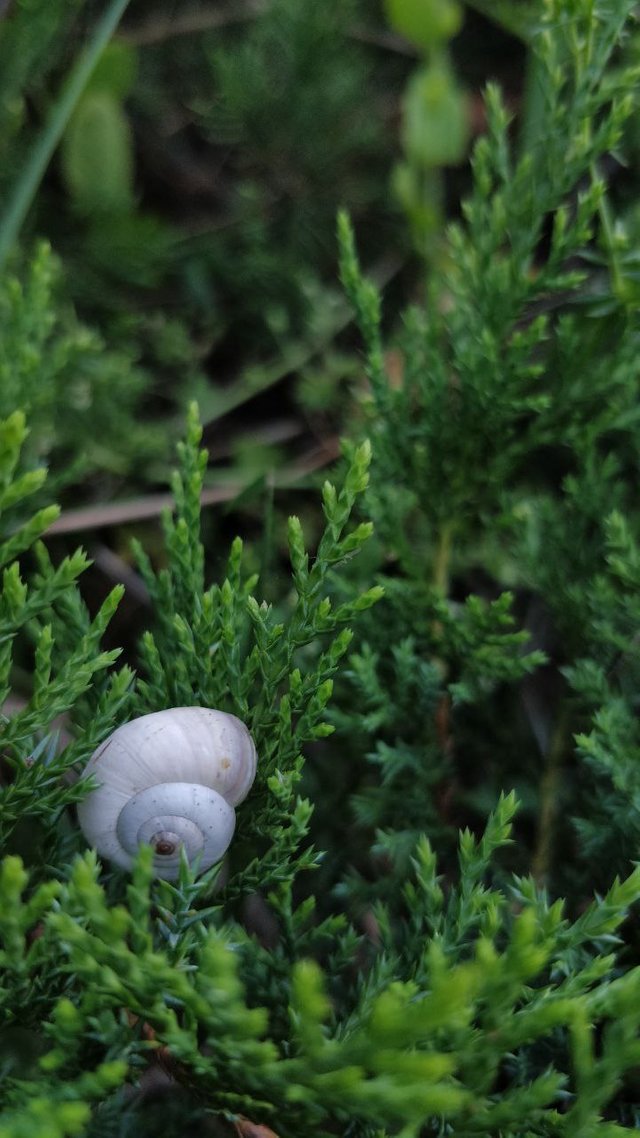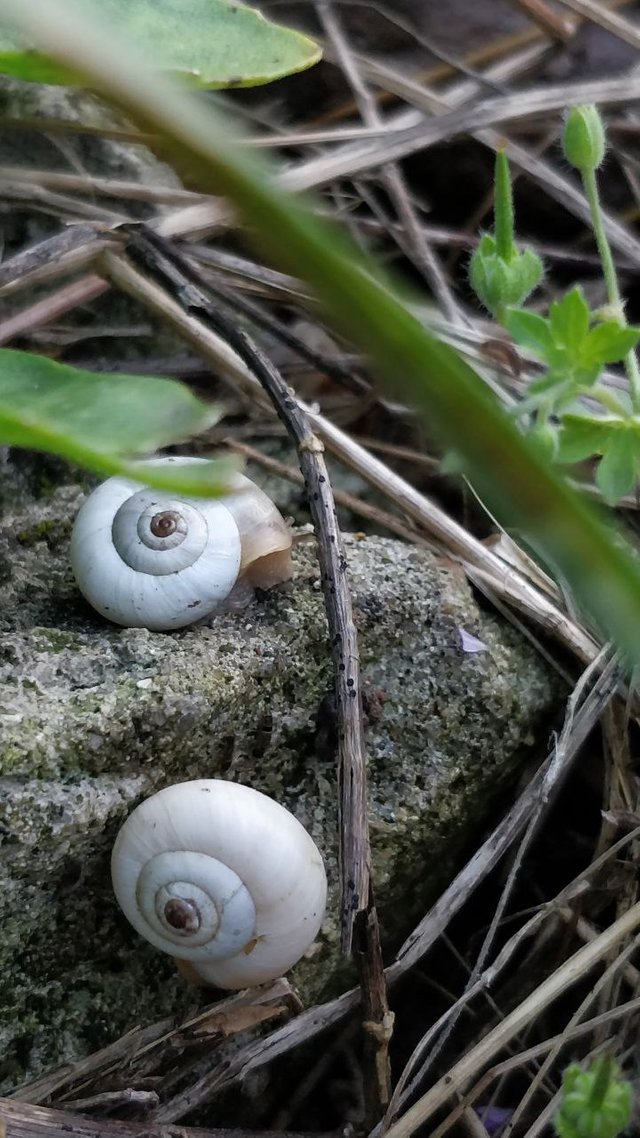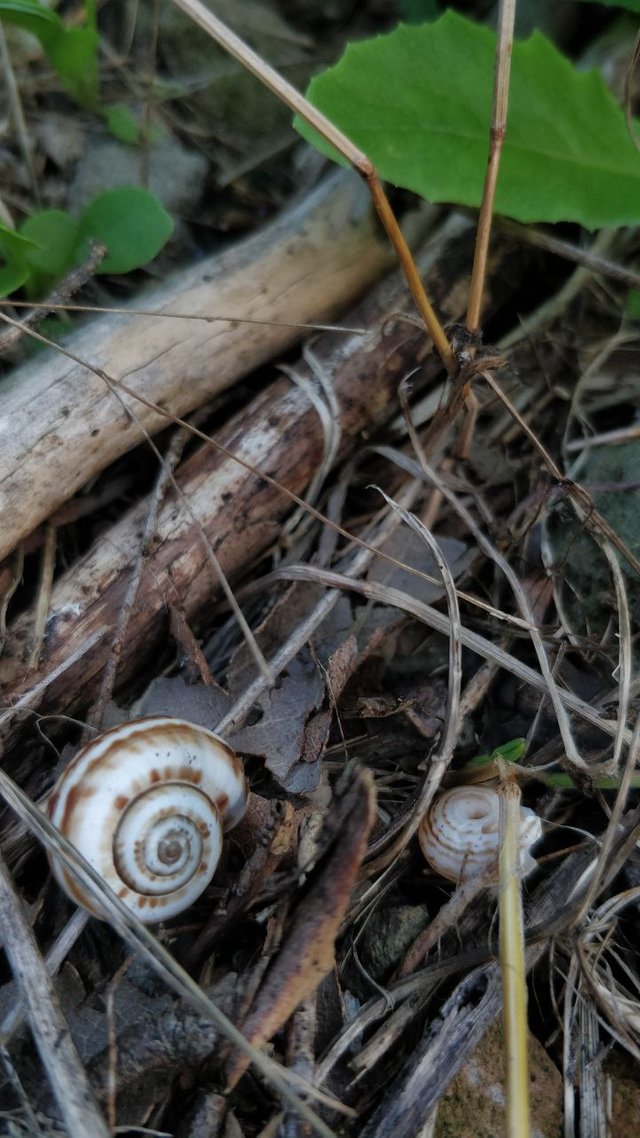The Fascinating World of Snails: A Closer Look at Nature's Slow-Movers
Introduction:
Snails, the tiny creatures with spiral-shaped shells, may not always be the first thing that comes to mind when you think of fascinating animals. However, these slow-moving mollusks have an incredible world of their own, filled with unique features and behaviors. In this blog, we'll delve into the captivating world of snails, exploring their anatomy, habitats, and some surprising facts about them. Join us on this journey and discover the hidden wonders of these remarkable creatures.
Tags: Snails, Mollusks, Gastropods, Nature, Wildlife, Animal Behavior
Anatomy and Adaptations
Shell Structure:
One of the most distinguishing features of snails is their spiral-shaped shell. These shells come in various sizes, shapes, and colors, depending on the species. The shell serves as protection, providing a safe retreat for the snail when threatened. It's also a part of the snail's body, made of calcium carbonate.
Radula:
Snails possess a unique feeding structure called a radula, which is essentially a ribbon-like tongue covered in tiny, sharp teeth. They use their radula to scrape and rasp at food sources, such as leaves, algae, and detritus. This adaptation allows them to consume a wide range of plant material.
Habitat Diversity
Terrestrial Snails:
Most people are familiar with terrestrial snails, which are commonly found in gardens and forests. These snails, such as the garden snail (Helix aspersa), are adapted to life on land and require moisture to keep their bodies from drying out.
Aquatic Snails:
Aquatic snails, on the other hand, live in freshwater habitats like ponds, rivers, and lakes. Some of the most well-known aquatic snails include the apple snail and the ramshorn snail. These snails are adapted to an underwater lifestyle and often play important roles in aquatic ecosystems by helping to break down organic matter.
Marine Snails:
Marine snails, also known as sea snails, inhabit the world's oceans. They exhibit a wide range of shapes and sizes, with some even developing elaborate shells adorned with intricate patterns. The cone snail, for example, is a venomous marine snail known for its potent sting.
Surprising Snail Facts
Slime Production:
Snails are famous for their slime, which they use for various purposes. They secrete mucus to aid in locomotion, reducing friction as they move across surfaces. Additionally, this slime helps them retain moisture and protects them from potential predators.
Incredible Regeneration:
Snails possess remarkable regenerative abilities. If they lose a part of their body, such as an antenna or even part of their shell, they can often regenerate it over time.
Slow and Steady:
As we all know, snails are incredibly slow movers, with their top speed averaging around 0.03 miles per hour. This leisurely pace is due to their muscular foot's contraction and expansion, which propels them forward in a gliding motion.
Conclusion
Snails may be small and slow, but they are far from uninteresting. Their unique adaptations, diverse habitats, and surprising abilities make them a subject worth exploring in the natural world. So the next time you encounter a snail in your garden or see one in a pond, take a moment to appreciate the complexity of these fascinating creatures.
Remember to respect their habitats and handle them with care if you decide to observe them up close. Whether you're a nature enthusiast or simply curious about the world around you, snails offer a delightful glimpse into the wonders of the animal kingdom.
Tags: Snails, Mollusks, Gastropods, Nature, Wildlife, Animal Behavior


